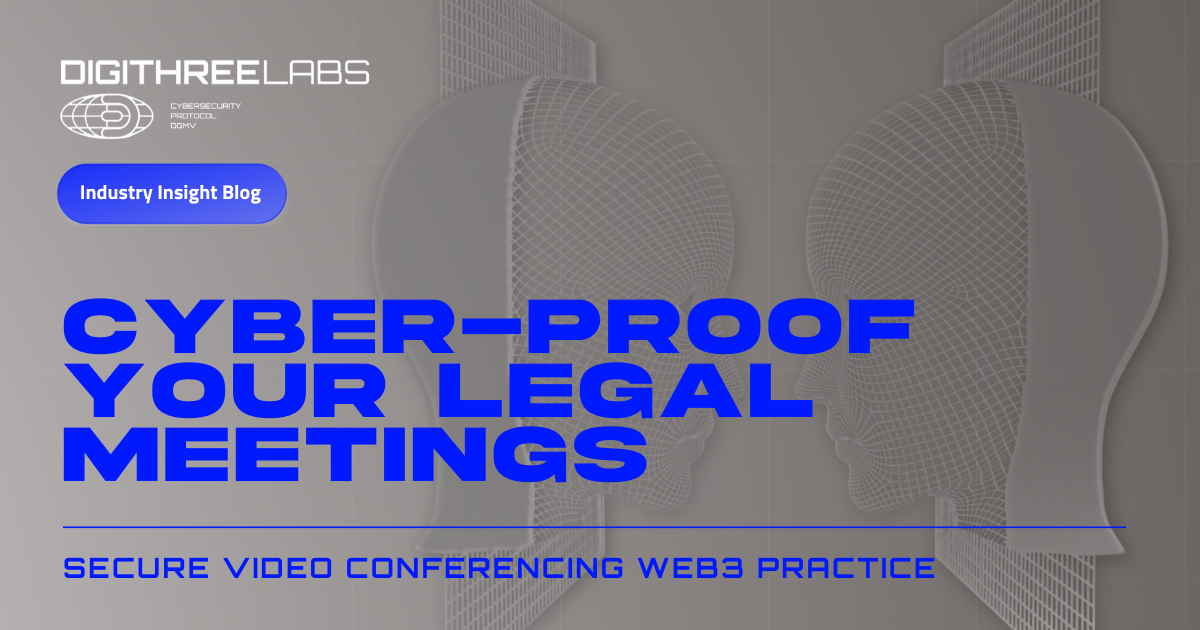
In today’s globally connected landscape, video conferencing has become a staple for legal proceedings – and thus a prime target for cybercriminals. As a result, governments across the world and particularly in Europe are enforcing stricter regulations than ever.
Corporate compliance legislation – such as NIS2 in the EU – and data sovereignty regulations like GDPR have increased significantly, calling for organizations to scrutinize where their data is stored and transmitted. It’s essential to ensure that all solutions comply with local and international regulations, including data protection laws such as GDPR in Europe, or equivalent standards based on your region. Web3 technologies offer a groundbreaking approach to compliance through a multi-layered strategy, utilizing building blocks for effective security and compliance enforcement. They empower legal firms by leveraging decentralized infrastructure, ensuring interoperability across platforms, and granting users greater control over their data.
Developments like these encourage other companies across the world to enhance their risk management practices and adopt a more proactive approach to cyber threats. This kind of lead-by-example process is seeing global organizations assess their software and tools with a view to dialing up safeguarding processes – but what are the implications for the legal sector, where security is a matter of critical importance?
Let’s explore the impact of cyber threats on law firms, and what measures can be taken to ensure optimum security.
What's at risk?
Nowhere is information safeguarding more important than at law firms, where cybercriminals often target sensitive data such as names, bank details and personal identification numbers.
Unauthorized recordings of important meetings and video conferences pose another significant threat, with the potential to explore confidential information and damage a company’s reputation or financial structure.
Even after the event of a live meeting, the call detail records (known as CDRs) – which contain user and room names – can be targeted and exploited. The imperative to protect every element of the video conferencing process has never been clearer.
Choosing a secure meeting solution: key considerations
While video meetings have the potential to enhance productivity in the legal sector, firms must remain vigilant in choosing the right software to remedy all growing vulnerabilities. Let’s explore what to think about when selecting your next solution.
To continue reaping the benefits of video conferencing, law firms must adopt a proactive cybersecurity approach. That means carefully and honestly evaluating how your video conferencing tools could make you vulnerable, and implementing security solutions that strengthen those weaknesses.
Staying compliant and mitigating cyber risks against the backdrop of ever-evolving threats and regulations means security-first solutions are now far superior to generic video conferencing platforms. By leveraging advanced technologies like blockchain and zero-trust architectures, legal firms can ensure the confidentiality, integrity, and availability of their sensitive communications while maintaining compliance across jurisdictions.
Keen to know more? Head over to the DigiThree Labs website to learn more about our services, or check out the DGMV-Secure Meets solution.